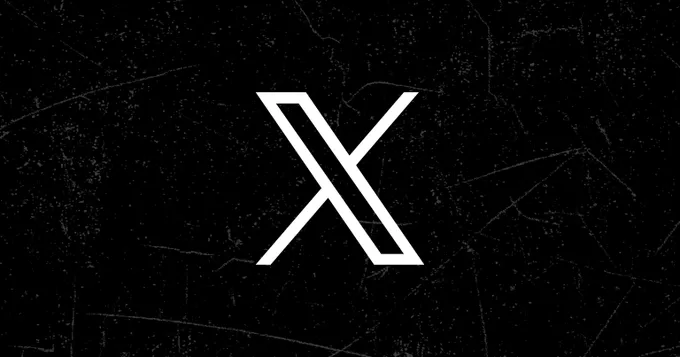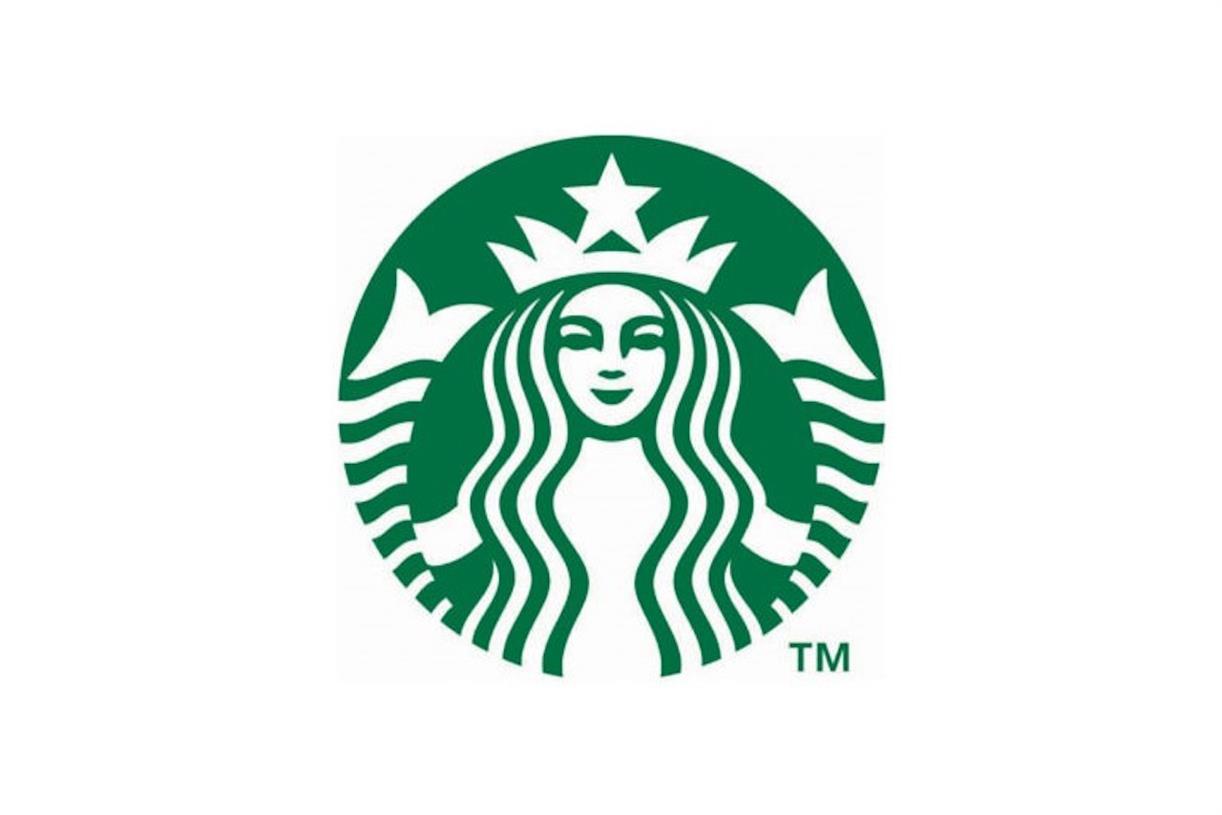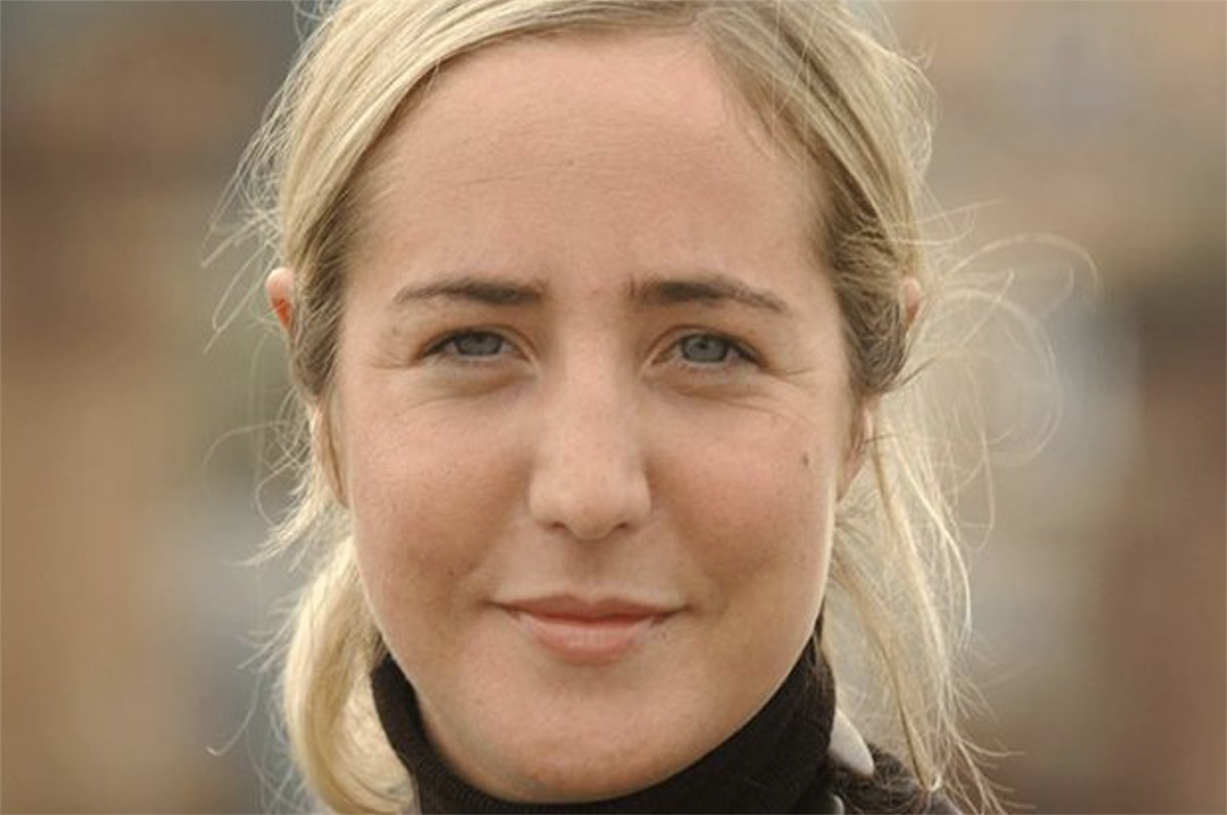Twitter Is Gone, With x.com Now the Primary Domain for the App
X has made the URL switch, meaning that Twitter is now gone.

Last week marked the end of an era in social media, and it’s quite likely that you didn’t even realize it.
On Friday, X, the platform formerly known as Twitter, switched over from the “twitter.com” domain name to “x.com” for all of its primary systems.
No, that’s not the new X logo, that’s an old design that X owner Elon Musk came up with back in 1999, when he first started working on what he wanted X to be.
Yes, Elon has been working on X, and has wanted to launch a site under the X.com URL for 25 years.
And now, it’s a step closer, at least in name, which also means that the majority of what Twitter once was is now gone, in presence, in spirit, etc.
Though effectively, Twitter still remains. For most regular users who don’t pay too much mind to the broader ownership details of social apps, X is the same as it ever was, providing a direct feed of real-time updates, on a wide range of topics, every day.
And it is still the leader in this space. If there’s a major world news event, X is where most people still turn, while for sports coverage and engagement, live TV show discussion, entertainment industry news, etc., X is still the place to be.
Various challengers have tried to step in to gather up cast offs who’ve been less than happy with Elon’s changes at the app, but none have caught up to X as yet. And while X itself isn’t growing (X has been sitting on 250 million daily active users since November 2022), it’s also not shrinking, which suggests that none of its various challengers have truly taken its place as yet. Some have seen relative success, most have collapsed. But X, whether you like it or not, whether you use it or not, remains a relevant consideration.
And while Elon’s various changes at the app have been controversial, there have been positives as well.
Community Notes has been a key highlight, with Elon quickly moving to make the crowd-sourced fact-checking system, formerly called “Birdwatch”, into a bigger moderation element.

The benefit of this for X is two-fold. For one, it provides a means for users to add fact-checks, and to essentially moderate themselves, as opposed to X management having to make calls on what is and is not acceptable in the app.
It also reduces X’s reliance on moderation staff, and with Musk looking to cut staff as much as absolutely possible, this acts as an important cost-saving measure.
And it is beneficial. Posts with Community Notes see less engagement, and less overall amplification, so it is an effective tool in reducing the spread of misinformation, at least to some degree.
Yet, at the same time, it still takes a while for Notes to appear, and if any platform actually needs real-time, immediate moderation to limit the spread of misinformation, it’s X. Which means that Community Notes is not a solution, as such, but another element. Yet Elon and Co. seem to be putting more reliance on it than they probably should.
But it has been a positive expansion, while it’s also amazing that X continues to function relatively smoothly, with 80% fewer staff.
That, in itself, is an impressive feat, so while there have been controversies, the shift to X has also seen positives, which have changed the platform for the better.
In some ways.
In others, X has become a lot worse.
Various reports have indicated that hate speech and abuse are on the rise in the app, and currently, despite Elon’s massive staff cuts, X is still not on track for profitability.
It had been, according to Elon and X CEO Linda Yaccarino, at one stage earlier this year. But Musk’s controversial stances and opinions continue to push advertisers away, and with X Premium sign-ups still stagnating, and X under huge debt burden as a result of Musk’s purchase, it’s hard to see how it’ll get itself back on track.
For context, X Corp, the parent company of X, is currently on the hook for interest repayments of around $1.5 billion per year. X brought in $2.5 billion in total revenue in 2023, so you can see how, combined with operating expenses, X is already up against it.
But Elon has a plan, and given his past successes with seemingly impossible business ventures, nobody’s willing to fully bet against him just yet.
Back in 1999, when Musk originally came up with his X.com vision, he outlined a more advanced online banking portal, which would essentially take all elements of a regular bank, and bring them online. Musk’s view was that this would revolutionize the entire financial industry, expanding PayPal (of which Musk was also a founding partner) to the next stage.
But it never happened, though that remains the key focus of Musk’s broader X plan event today.
Indeed, last October, Musk reiterated his online banking plan:
“When I say payments, I actually mean someone’s entire financial life. If it involves money, it’ll be on our platform, money or securities or whatever. So, it’s not just like send $20 to my friend. I’m talking about, like, you won’t need a bank account.”
X.com is currently in the process of securing money transmitter licenses in each U.S. state, which is the first step towards this grand vision, though it still has a long way to go before X.com becomes the banking framework that Musk envisions.
But maybe X can do it. Maybe, all of these elements will come together at some stage, and Elon will bring his grand plan to fruition, despite the doubters.
And maybe, too, his “free speech” aligned approach will catch on, and X will gain more traction, and maybe the upcoming U.S. election will be the event that swings more people in X’s favor, and things will turn for the app.
But regardless, X.com is now here, in place of what Twitter.com had once been. They are not the same platform, and they are not aiming for the same things.
And while you may still find some bird references in the app, Elon seems to determined to stomp out its history, as opposed to paying homage to what became one of the most recognizable brands in the world.

 AbJimroe
AbJimroe 









![The 8 Best Free Flowchart Templates [+ Examples]](https://blog.hubspot.com/hubfs/flowchart%20templates.jpg#keepProtocol)





















